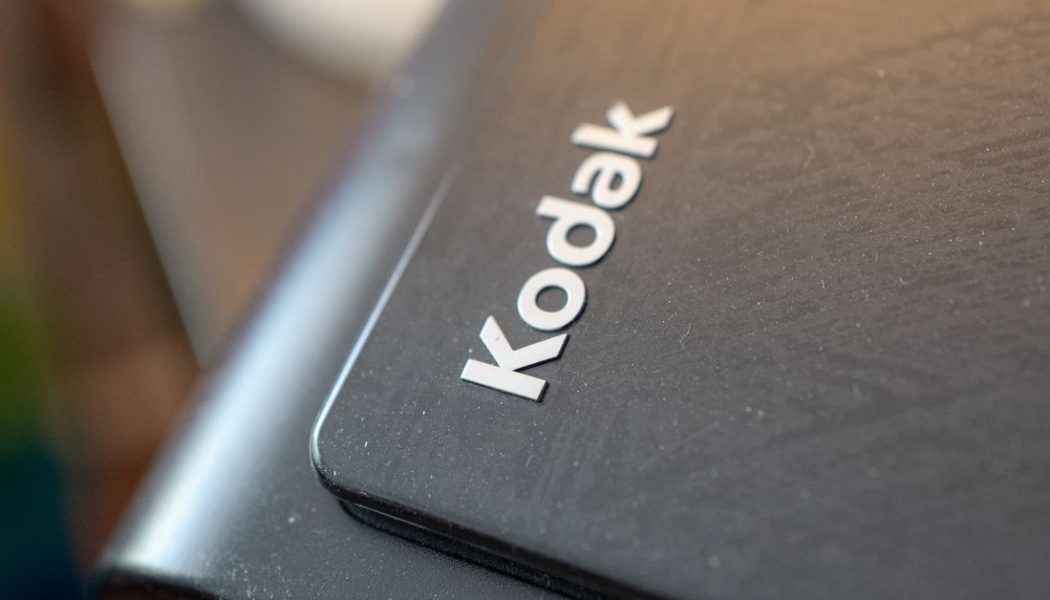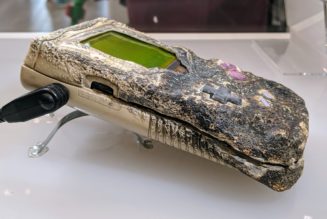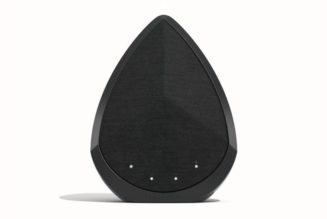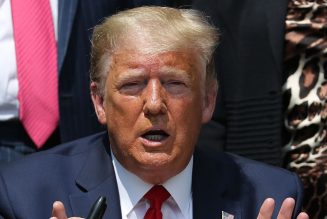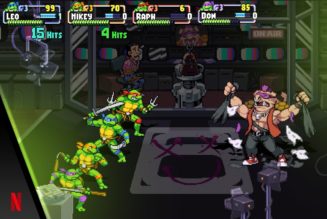
Kodak, once a powerful force in photography, is branching out into pharmaceuticals and the US government plans to give the company a $765 million loan to support its efforts. Kodak will create a new business arm, Kodak Pharmaceuticals, to produce ingredients needed for drug manufacturing.
Kodak Pharmaceuticals will make ingredients that have “lapsed into chronic national shortage,” and once the unit is fully up and running, it will be able to make “up to 25 percent of active pharmaceutical ingredients used in non-biologic, non-antibacterial, generic pharmaceuticals,” Kodak estimates. Kodak CEO Jim Continenza expects pharmaceuticals to eventually comprise 30 to 40 percent of Kodak’s business, reports The Wall Street Journal.
The $765 million loan is being made available under the Korean War-era Defense Production Act, which the Trump administration has previously used to speed up production of ventilators, masks, and other medical equipment to help fight COVID-19. As part of its pharmaceutical work, Kodak plans to produce ingredients for drugs such as hydroxychloroquine, according to The Wall Street Journal. President Trump has frequently promoted hydroxychloroquine as a cure for COVID-19, but the drug has been repeatedly proven ineffective as a treatment for the virus.
“The overwhelming prevailing clinical trials that have looked at the efficacy of hydroxychloroquine have indicated that it is not effective in coronavirus disease,” Anthony Fauci, director of the National Institute of Allergy and Infectious Diseases, said during an interview on ABC’s Good Morning America, according to CNBC.
This isn’t the first time Kodak has dipped its toes into pharmaceuticals, though it only stayed in the business for a few years the last time around. Kodak bought drug-maker Sterling Drug for approximately $5.1 billion in 1988 before selling it in pieces in 1994.
Correction: We originally wrote that Kodak planned to produce hydroxychloroquine, but it only plans to produce ingredients for drugs such as hydroxychloroquine, according to The Wall Street Journal. We have changed the article text, sub-headline, and social description to reflect this. We regret the error.
